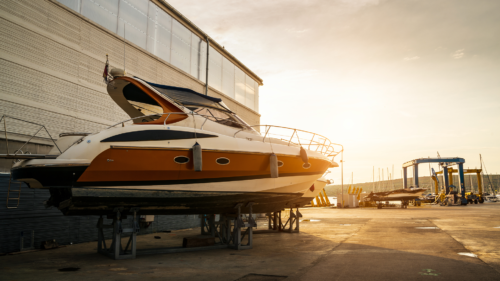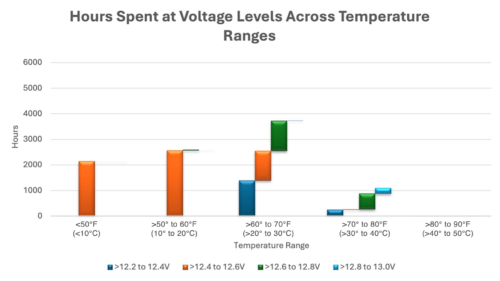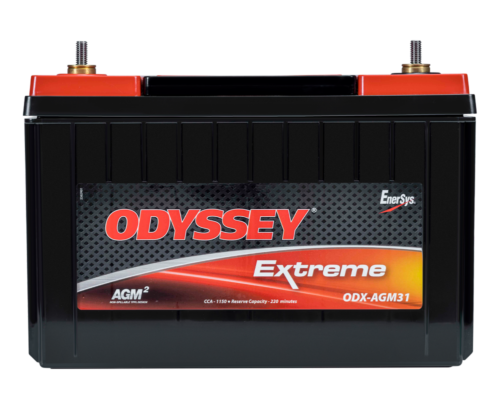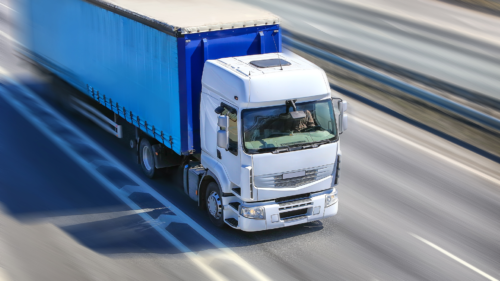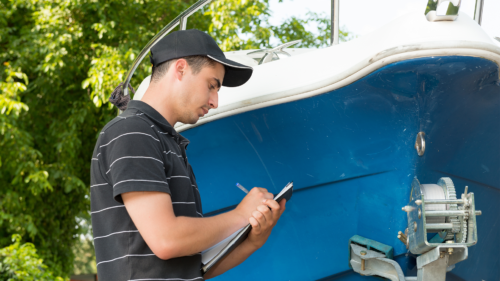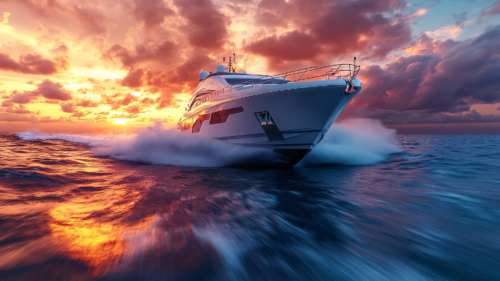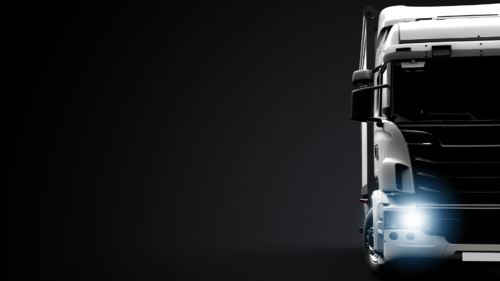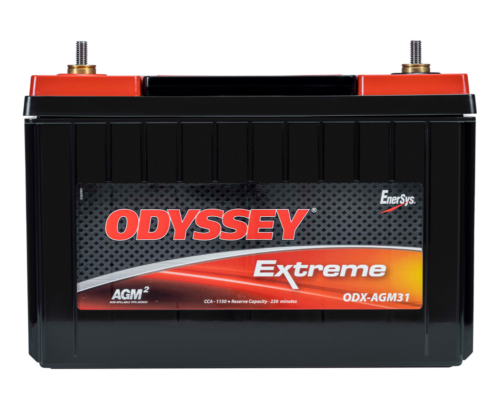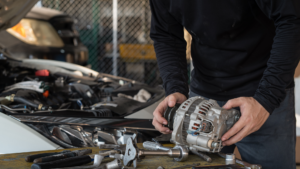Key Signs it’s Time for a Marine Battery Replacement
A marine battery, however well maintained, will eventually run its course of life. When that time comes, how will you recognize the signs for replacement?
Here are some tell-tale indicators to look out for during the battery’s lifespan that point to poor health:
Onboard Accessories Start Operating Slowly
This may include a lot of today’s technologically advanced onboard accessories such as the radio, navigation system and cabin lights.
The...


